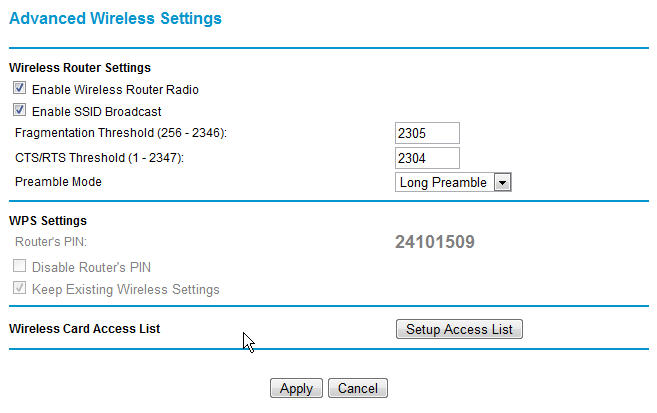There are a few things that I’m passionate about. I’ve been a computer nut since I was a kid. I used to look through the JCPenney and Sears Christmas catalogs for toys, and I remember seeing computers in there way back in the 80’s. After computers, I’ve always loved music. I started playing guitar in 1992, but I had a few piano lessons around 1986. Here lately, I’ve picked up two more things to be passionate about: mechanical keyboards and double-edged safety razors.
I know, those sound like pretty strange things to be passionate about. I’m passionate about mechanical keyboards because I spend a large portion of most of my days at a keyboard, and I love the response of Cherry switches. I may have to get some dampeners for my Black Widow Ultimate. I think I prefer blue’s with rubber o-rings.
But let me get to the subject of this post. I’ve been using double-edged razors for almost a year and a half. I wanted to update my blog and describe what I’ve found in that time. This may provide helpful hints to others who are thinking about switching to a double-edge.
Razors
First of all, I’ve tried three double-edge razors: a Merkur 180, a Edwin Jagger DE89, and a 1962 Gilette Fat Boy. From this experience, I can say that it would be hard to beat the Edwin Jagger DE89. It has a great balance. Though it isn’t adjustable like the Fat Boy, it gives me the best shave. I highly recommend this razor.
Shaving Soaps
Next, I’ve learned a bit about shaving soaps. I’ve tried Williams Mug Shaving Soap, Proraso, and Taylor of Old Bond Street. I am not a fan of Proraso, though it’s probably middle of the road between the other two when it comes to lather. Williams is cheap. It’s good to have a few of these stored in case you run out of your favorite soap. They cost around one or two dollars per bar and last about four to six months of normal use. Taylor of Old Bond Street is my favorite so far. It’s more expensive than Williams and Proraso, but it lathers like crazy, and I love the sandlewood smell. Also, 5.2 oz of Taylor of Old Bond Street will only last about three or four months of normal use, if that. Whereas 1.7 oz of Williams will last longer. Like I said, keep some cheap Williams Mug around just in case you run out of your favorite. It provides a great shave, it just take more time to get a good lather with it.
Double-edge Razor Blades
Finally, I want to talk about blades. Most people would suggest that you get a variety pack of different brands of blades and try each for yourself. I agree. The different brands of blades behave very differently. I’ve used Derby, Dorco, Astra, and Feather. I started out with a five-pack of Derby blades and bought one hundred Dorco blades for around $10. I could tell right away that I preferred the Derby blades. I’ve still have over 60 of the Dorcos. I also have a supply of around 30 Feather blades, 50 Astra, and 90 Derby blades stocked in my bathroom. This will be enough blades to last me a few years. My best estimate is around five years. I have about $40 invested in that. Compare that to the price of an 8-pack of the multi-bladed razors, which would only last about a month for me.
Dorco blades seem to be thicker than the others. They are also slightly less sharp. They are a good beginner blade. Trust me on that. Feather blades are extremely sharp, almost too sharp for me. They are thin and seem to bend/flex more. This has caused me some pain in the past. I like Feather blades, but my overall favorites are the Astra and Derby blades. Of those two, I slightly favor Derby. This is mainly because I have used Derby more. I need to break out my Astra collection and test them more as a matter of fact.
My first thought when reading reviews of blades was that I wanted the sharpest blade I could get. I’m not sure if Feathers are sharper or if they are just more prone to cut me. I’d like to hear opinions from others.
What You Need
Get a good badger hair brush, a nice shaving mug, an Edwin Jagger DE89, a variety pack of blades (or 100 Derby blades), a couple bars of Williams Mug Shaving Soap, some Taylor of Old Bond Street shaving soap, and a bar of alum (for any nicks you may give yourself at first). All of that shipped will probably run around $90 – $100, and it’ll last for at least one year before you have to buy more soap and blades. After that, the annual cost will be well below $40 which, for me, was about a month’s worth of blades when I used Mach3 and Fusion razors.
